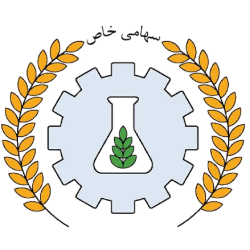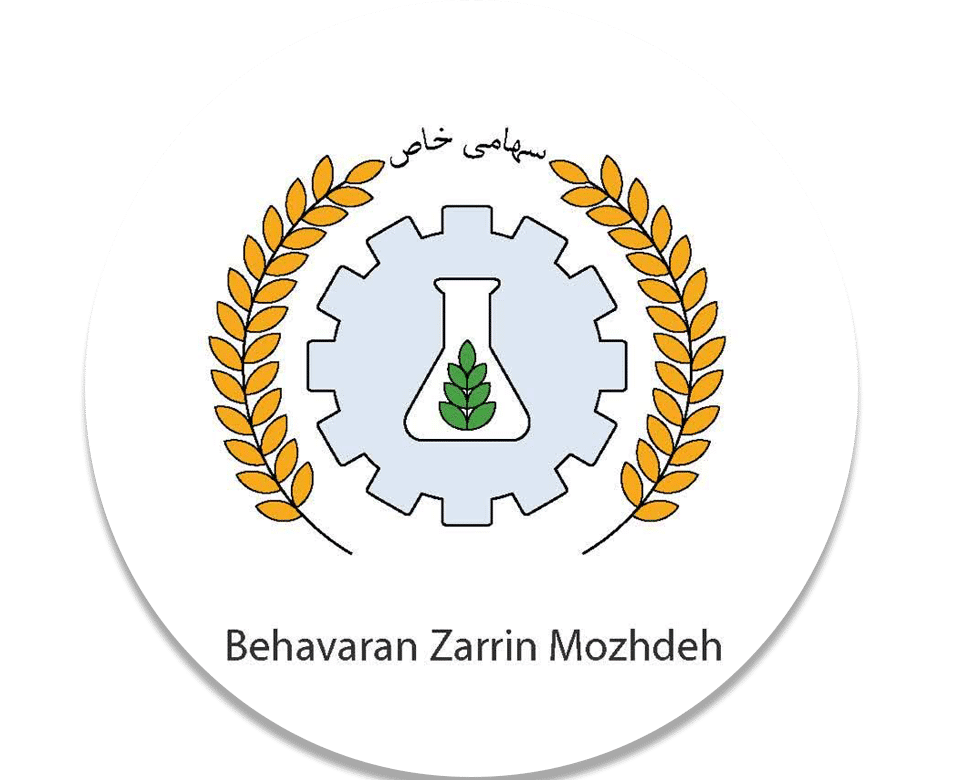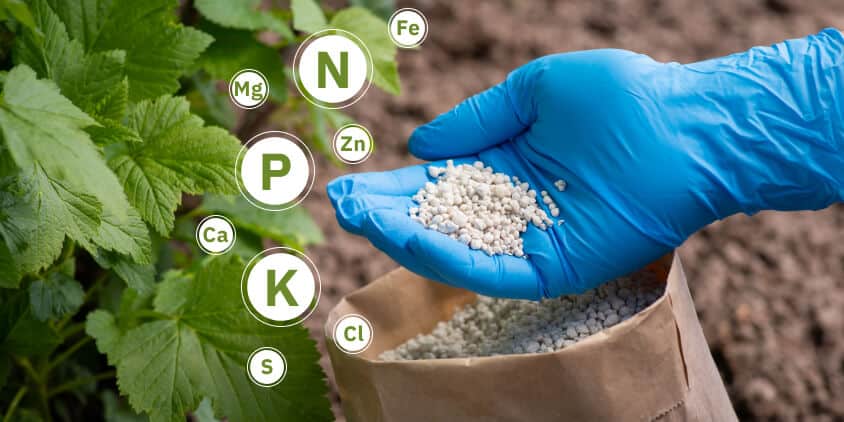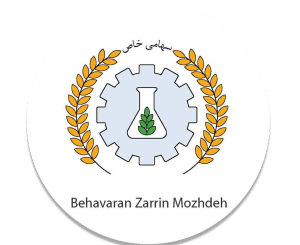Delivering essential elements to plants, strategies for efficient nutrient uptake
Plants need several essential elements to grow and thrive, including nitrogen, phosphorus, potassium, and micronutrients like iron and zinc. These nutrients are critical for photosynthesis, root growth, and overall plant health. However, ensuring that plants receive the nutrients they need can be challenging due to factors such as soil composition, nutrient availability, and environmental conditions. Here are some strategies for effectively delivering these elements to plants:
1. Understanding the mechanisms of nutrient absorption
Plants absorb nutrients mainly through the roots using passive transport (diffusion and osmosis) and active transport (energy-driven processes).
Nutrients dissolved in soil water are transported into root cells along concentration gradients or are actively transported against gradients using ATP energy.
2. Soil amendments and chemical fertilizers
• Fertilization: The use of fertilizers can increase the availability of nutrients in the soil. Controlled-release fertilizers synchronize the release of nutrients with plant demand, reducing waste and environmental impact.
• Organic matter: Incorporating organic matter, such as compost, manure, or humic acid, improves soil structure, increases nutrient retention, and supports beneficial microbial activity, which helps dissolve nutrients.
3. Optimizing soil conditions
• Soil pH management: Adjusting soil pH can improve the solubility and availability of nutrients. For example, iron is more soluble in acidic conditions, while phosphorus availability is optimal in slightly acidic to neutral soils.
• Soil moisture: Maintaining optimal soil moisture is critical for nutrient transport. Both drought and overwatering can inhibit nutrient uptake.
4. Increase root yield
• Hairy roots and mycorrhizal fungi: Developing extensive hairy roots and establishing symbiotic relationships with mycorrhizal fungi can significantly increase nutrient uptake levels and improve nutrient movement.
• Root compounds: Roots can release compounds into the soil to increase nutrient availability, a process known as root deposition.
5. Irrigation and mass flow
• Irrigation management: Proper irrigation can facilitate mass flow, where water-soluble nutrients are transported to the roots as the plant absorbs water.
• Nutrient transport systems: Nutrients absorbed by the roots are transported throughout the plant through the xylem and phloem systems, ensuring optimal distribution for growth and development.
Introduction to macro and micro elements in agriculture
All agricultural plants require a diverse range of mineral elements for growth and development. These elements are broadly divided into two groups: macroelements and microelements. Macroelements, also known as macronutrients, are required in large quantities, while microelements, or micronutrients, are required in much smaller quantities. Understanding the role of these elements in plant nutrition is crucial for maintaining healthy crops and optimizing agricultural productivity.
Macro elements in agriculture
Macronutrients are essential for plant growth and are usually divided into two categories: primary nutrients and secondary nutrients.
What is the role of each element in the plant?
• Nitrogen (N): Essential for cell division and protein synthesis, nitrogen is a key component of amino acids, nucleic acids, and chlorophyll.
Phosphorus (P): Essential for carbohydrate metabolism, phosphorus is a component of nucleic acids, phospholipids, and ATP.
• Potassium (K): Important for maintaining osmotic balance and regulating stomatal opening, potassium is vital for plant water relations and disease resistance.
Secondary nutrients
• Calcium (Ca): Essential for cell wall growth and root development, calcium also plays a role in regulating nutrient absorption.
• Magnesium (Mg): A central component of chlorophyll, magnesium plays an important role in photosynthesis and enzyme activation.
• Sulfur (S): Essential for the synthesis of amino acids and proteins, sulfur also supports plant defense mechanisms.
The role of microelements in agriculture
Micronutrients, or micronutrients, are needed in small amounts but are equally vital to plant health.
• Iron (Fe): Essential for chlorophyll synthesis and electron transport, iron is vital for photosynthesis.
• Copper (Cu): Copper plays a role in enzyme systems, supports plant defense and the growth of connective tissues.
• Zinc (Zn): Essential for enzyme function and protein synthesis, zinc is also important for plant hormone regulation.
• Manganese (Mn): Plays a role in photosynthesis and enzyme activation, manganese supports plant growth and development.
• Boron (B): Essential for cell wall formation and sugar transport, boron is vital for the structural integrity of the plant.
• Molybdenum (Mo): Plays a role in nitrogen fixation and enzyme systems, molybdenum supports plant nitrogen metabolism.
• Chlorine (Cl): Important for photosynthesis and osmotic regulation, chlorine is essential for maintaining plant water balance.
Symptoms of element deficiencies in plants
Deficiencies in macro or micro elements can lead to significant reductions in plant growth and productivity. Here are some common symptoms associated with deficiencies in these elements:
Lack of macronutrients
• Nitrogen deficiency: yellowing of leaves (chlorosis), stunted growth and reduced yield.
• Phosphorus deficiency: purple leaves, stunted growth, and delayed maturation.
• Potassium deficiency: burning of leaf tips, weak stems and increased susceptibility to disease.
• Calcium deficiency: Blossom end rot in fruits, weak cell walls and poor root growth.
• Magnesium deficiency: interveinal chlorosis (yellowing between the veins), reduced photosynthesis.
• Sulfur deficiency: general yellowing of leaves, stunted growth.
Lack of micro elements
• Iron deficiency: interveinal chlorosis, reduced photosynthesis.
• Copper deficiency: curled leaves, reduced plant vigor.
• Zinc deficiency: stunted growth, interveinal chlorosis and broom-shaped branches.
• Manganese deficiency: interveinal chlorosis, reduced photosynthesis.
• Boron deficiency: brittle stems, poor fruiting.
• Molybdenum deficiency: reduced nitrogen fixation, stunted growth.
• Chlorine deficiency: wilting, reduced plant vigor.
conclusion
The delivery of essential elements to plants involves understanding nutrient uptake mechanisms, optimizing soil conditions, and implementing effective fertilization strategies. By utilizing these approaches, farmers and gardeners can enhance nutrient availability and absorption, promote healthy plant growth, and support sustainable agricultural practices.
Understanding the role of macro and micronutrients in plant nutrition is crucial for maintaining healthy crops and optimizing agricultural productivity. Both types of nutrients play a vital role in plant growth and development, and their deficiency can lead to significant yield reductions. By recognizing the symptoms of nutrient deficiencies and ensuring adequate nutrient supply, farmers can improve crop health and productivity.



